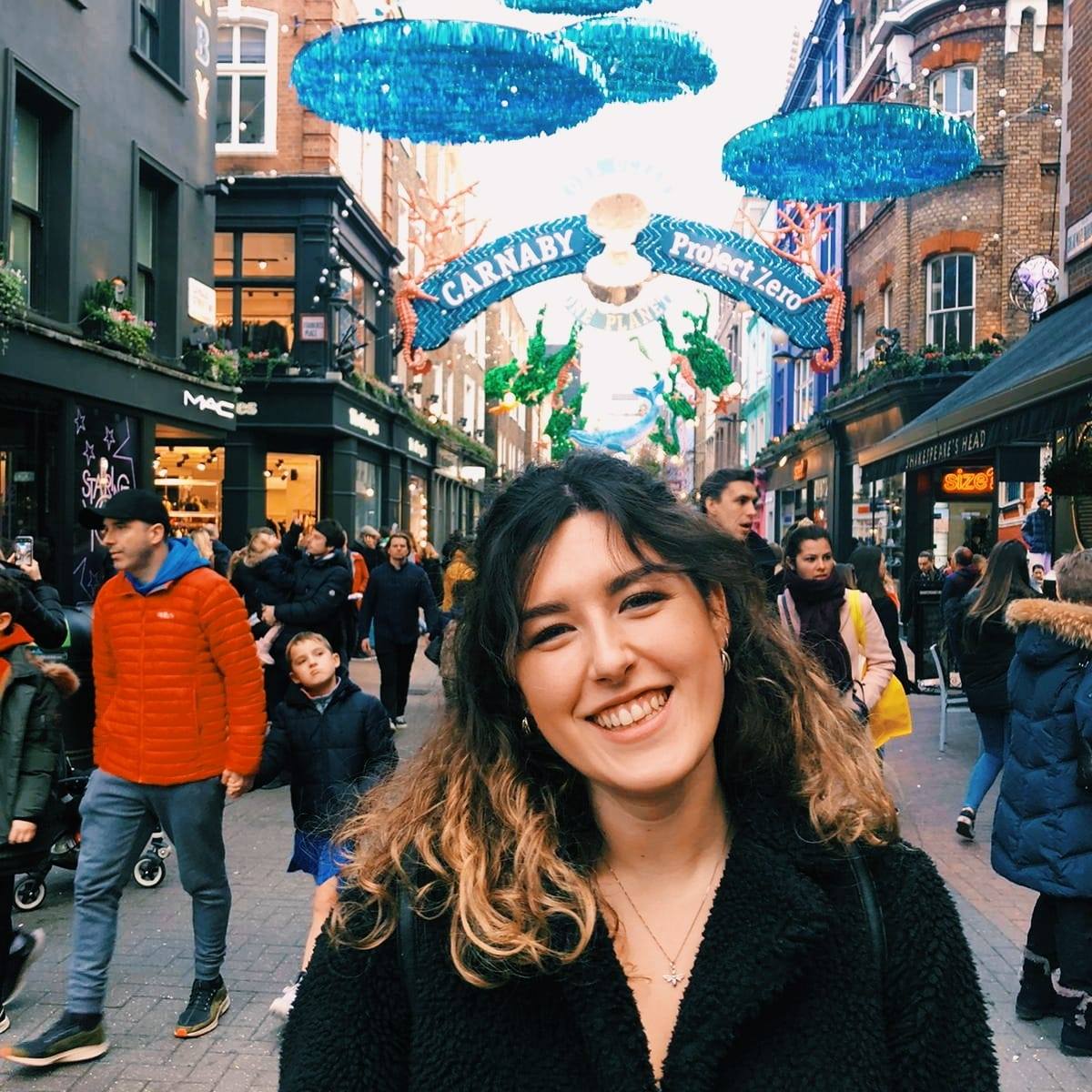Disability Visibility in Fashion: Platforms not Pedestals
- Bethany Dean-Coote

- Nov 20, 2020
- 4 min read
Updated: Aug 17, 2021
Disabled people remain the most underrepresented minority in media. This includes disability (in)visibility in fashion. Retailers seem obsessed with over-representing ‘perfect’ bodies. Disabled consumers scroll through Instagram and can’t relate to mainstream brands. Many manufacture clothing that disabled people can wear, however we don’t see this reflected throughout their marketing strategies.
Dishonest representation is harmful
Homogeneous representations continue to saturate fashion marketing, alienating disabled people. They are led to believe those clothes aren’t made for them. Social media hasn’t exactly helped; now rooted in contemporary fashion culture, its ubiquity can be damaging to many disabled and non-disabled consumers. Particularly young women.
Regular online interaction has maintained ideas of the body ‘norm’. Social media acts as a daily visual reminder of the very high, often unattainable, bar set by Western beauty standards. Ultimately, constant exposure to unrepresentative visuals of society shape ideals rather than reflect reality. For instance, 13 million disabled people live in the UK, however disabled models rarely appear in advertisement, wrongfully suggesting that disability is ‘unusual’.
Even when disabled models appear in fashion marketing, those chosen are often celebrities or Paralympians. They are constantly framed within an inspirational paradigm. It seems that the only way for disability to become visible in this market is by being somewhat ‘extraordinary’. Indeed, the coverage of such people is important, but what about the representation of the non-elites; the regular disabled consumers? Where are they?
“How can we share the spaces we occupy to create platforms, not pedestals, for those who experience our world through a different lens?” Sinead Burke
Whether meaning to or not, the industry hides disabled people away and doesn’t showcase them for their true beauty. We are excluding them from important daily conversations. Ultimately disqualifying them from our culturally recognised ‘norms’.
Why the invisibility?
Often, inclusive practices face many hurdles. There’s a stigma surrounding disability in the industry. Brands are hesitant to rupture the ideal of the body perfect. Westernised beauty standards are restraining practices. Retailers are reticent to photograph a male model without a six-pack let alone someone without a limb.
Companies appear to be unsure where to start, how to succeed (without causing offence), and who best to consult when representing disabled people. There is a nervousness around even speaking about disability in fashion. A recent BBC Sounds Podcast shows the host contacting high street retailers in an attempt to discuss disability visibility. However, not one brand engages with them.
Catering for this consumer segment is seen as an ‘undue burden’. Anything beyond the non-disabled version is perceived to have added times and costs. The group are relegated to the “too hard basket”. Consequently, brands disregard their social responsibility and exclude disabled people from the fashion community.
Taking action
Fashion should inspire and celebrate disabled consumers, not dishearten them. Disability visibility must become the standard throughout marketing. People should be valued and celebrated for who they are; edging closer to a more inclusive and equal representation of society.
Modelling agency, Zebedee Management, strive to make this happen. Furthermore, adaptive wear is on the rise. And with this, sustainable inclusivity becomes more achievable. Following Targets’ adaptive wear collection launch, more disabled people applied for jobs there.
Another great advancement is the Inclusive Fashion and Design Collective (IFDC). Set up by disability activists Sinead Burke and Liz Jackson, this organisation aims to fundamentally challenge and redesign the fashion system.
In addition, many disabled people are starting their own fashion brands to catalyse industrial change. However, they are leading the industry not solely because they want to but because they have to. This is testament to how shocking disability visibility is throughout fashion. We mustn’t over rely on the marginalised to create solutions.
They shouldn’t have to spend excessive amounts of time acting upon their suffering to educate the privileged. We should be educating ourselves and acting upon ableism now.
A good place to start
Disability representation in fashion is not a “one to watch” trend or commercial opportunity. It is a long overdue practice, that must become standard. Inclusive representation is powerful. It rightfully visualises disabled people as attractive. It challenges stereotypes and gradually dismantles westernised beauty standards.
Society’s imagination starts to expand. By re-symbolising disability as a tenable and valued way of being in the world, our collective idea of fashion, and ultimately beauty, can be re-imagined.
Obviously, increased disability visibility isn’t the end goal. It’s not sufficient to just use disabled models in adverts. Nevertheless, it’s a good place to start. By interacting more with the disabled community, and the likes of Zebedee management, brands will begin to understand where improvement is needed.
Senior leaders of fashion must ensure that they listen and act upon disabled people’s demands. They must employ more disabled people backstage. Give them a seat at the table.
Forget a pedestal; provide them with a platform to be seen and heard at. And in doing so, push disability representation past being a diverse moment and into an inclusive movement.



Comments